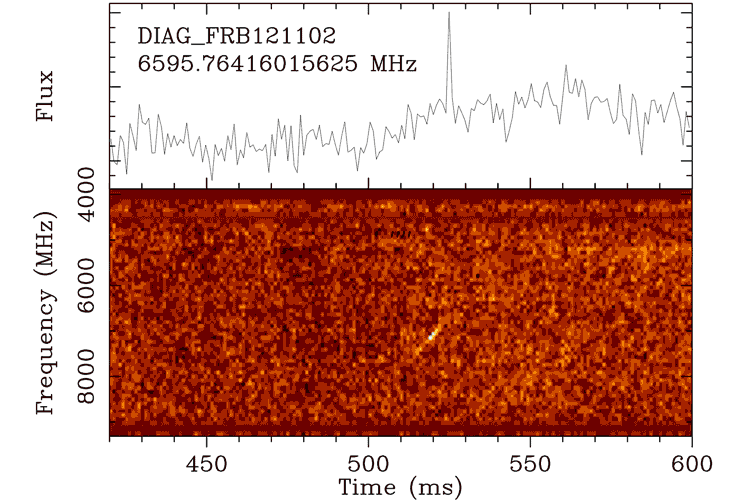— “These are the highest frequency and widest bandwidth detections of bursts from FRB 121102 obtained to-date. Additional fully calibrated full-Stokes analysis employing coherent de-dispersion on raw voltage data is ongoing. These observations may indicate FRB 121102 is currently in a heightened activity state, and follow-on observations are encouraged, particularly at higher radio frequencies.”
- The Astronomer's Telegram, Aug. 29, 2017
— “Fast radio bursts are exceedingly bright given their short duration and origin at great distances (3 billion light-years), and we haven't identified a possible natural source with any confidence. An artificial origin of fast radio bursts is worth contemplating and checking.”
- Avi Loeb, Ph.D., Chair of the Harvard University Astronomy Department

August 30, 2017 Green Bank Telescope, West Virginia - “Circling one star among hundreds of billions, in one galaxy among a hundred billion more, in a universe that is vast and expanding ever faster — perhaps toward infinity. Are we alone? Are there habitable worlds in our galactic neighborhood? Can we make the great leap to the stars? And can we think and act together as one world in the cosmos?”
Click here to subscribe and get instant access to read this report.
Click here to check your existing subscription status.
Existing members, login below:
© 1998 - 2025 by Linda Moulton Howe.
All Rights Reserved.

